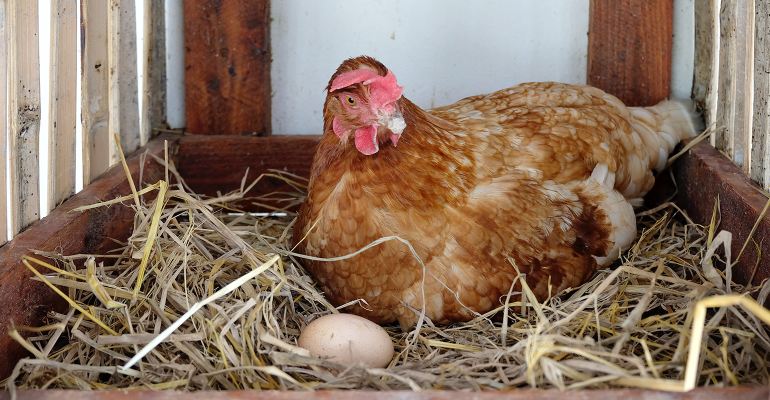As we discussed last month, supply chain pressures captured in the Datum FS Foodservice Supply Chain Stress Index have eased considerably during the last several months. And that trend continued in April. For those keeping score, and you know I got you, the Datum FS Supply Chain Stress Index fell again last month to its lowest level in over three years. As a reminder, the index is made up of five foodservice supply chain components including commodity prices, freight rates, foodservice sales growth, labor inflation and various inputs from the New York Fed’s supply chain pressure index. One of those inputs includes the delivery times, which have improved notably in 2023.
Another principal driver of the declining supply chain stress index has been a sharp downward trend in domestic and international freight rates. Here in the U.S., the Bureau of Labor Statistics full truckload freight index has declined for 10 of the last 11 months, falling 19% during that period. A few factors are driving this, including lower diesel prices (which fell below $4 per gallon nationally this month for the first time in well over a year), a better availability of trucks and tempered freight demand. Let’s face it, the freight markets are correcting from the extremely high price levels that occurred in late 2021 and the better part of 2022. And they may have more downside in the near term.
Lower commodity prices have certainly helped the supply chain stress index as well, including table eggs. The USDA composite large table egg market last week fell to just over $1 per dozen. To put this into perspective, and you know this guy loves to do so, the large table egg market has fallen 70% since peaking at the end of March ahead of the Easter Holiday, and has declined to 17-month lows. However, the number of table-egg-laying hens remains historically small. As of April 1, the number of table-egg-laying hens in the U.S. was the second smallest for the date since the Cleveland Cavaliers were on their way to winning their only NBA championship in 2016. So, how are prices declining with a tighter supply of laying hens, and thus eggs? Consumption has fallen sharply this year. Funny what high prices will do, eh?
There are still a few concerns with commodities, first and foremost being beef. The tight cattle supply is causing some beef trim markets to rise sharply. The beef 50% trim market recently has been trading north of $2 per pound. To put this move for beef 50s in perspective, the weekly average of the market has only been above that level three times in the last decade, with all three of those occurring during the spring of 2020 (think Covid panic). This is driving the cost to produce hamburger sharply higher, as noted in the chart below. For those keeping score, and I’d bet the Hamburglar is, the cost to produce an 82% lean hamburger has risen near 30% since the beginning of the year. By the way, the Hamburglar scared the you-know-what out of me as a kid. I can't be the only one.
AUTHOR BIO
David Maloni is the Principal of Datum FS, a foodservice supply chain consultancy featuring his three decades of experience working with the majority of the top 500 restaurant brands. Datum FS assists companies with commodity forecasts, market baskets and supply chain data management best practices. For more information email [email protected].

